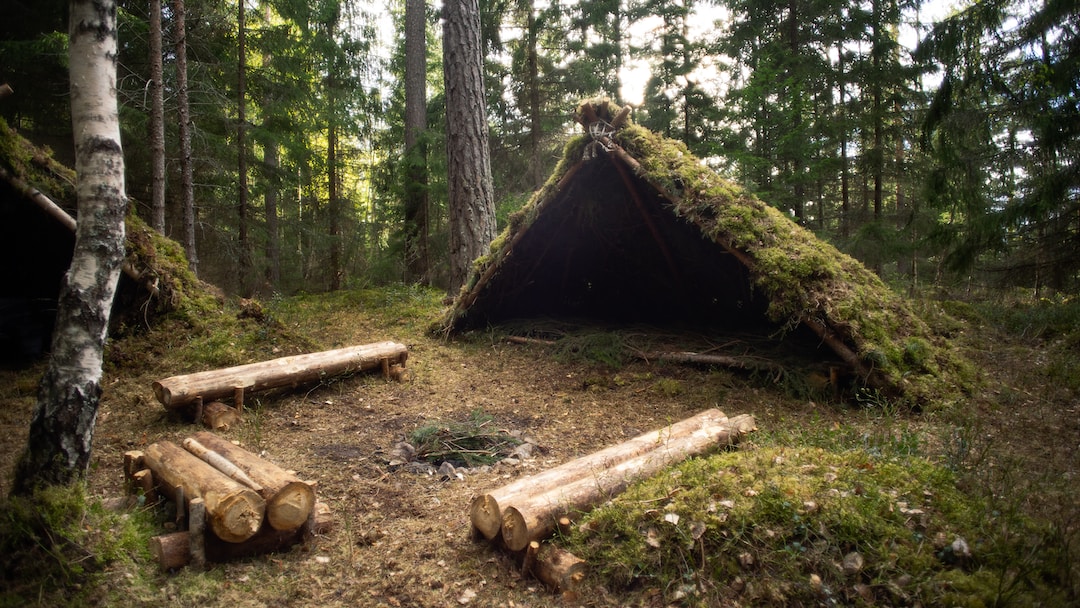Today, we’re diving deep into the realm of wilderness survival. Whether you're a seasoned adventurer or a novice looking to expand your horizon in the great outdoors, mastering essential wilderness survival skills is a must. Think of this as your comprehensive guide to fundamental survival strategies—key knowledge that could one day save your life. So, grab your adventure gear, and let's get started on this journey of survival education.

Understanding the Core Survival Principles
Before we venture into the specifics, let's establish the bedrock of our survival knowledge—core survival principles. These are the fundamental concepts that any individual should grasp before confronting a potential survival situation.
Shelter: Your First Line of Defense
One of the quintessential wilderness survival skills is building a survival shelter. In an emergency situation, your shelter is your sanctuary. It protects you from harsh weather and can be the difference between a rough night and a dangerous one. Utilizing raw materials such as branches, leaves, and leveraging techniques like the debris hut, you can construct a warm, dry shelter as your place to rest.
Fire: The Spark of Life
Fire building is not just a skill; it's an art. A reliable fire igniter, be it a bow drill or just flint and steel, is a cornerstone of any kit to survive. Whether you need to purify water, signal for help, cook survival food, or keep warm, mastering fire protection techniques and knowing how to find the right tinder and kindling is crucial. Fire can truly be the light in the darkness of an unforgiving wilderness.
Water: The Essence of Survival
Humans can survive weeks without food but only days without water. Finding a water source, and more importantly, knowing how to purify water, is a non-negotiable essential survival skill. Whether through boiling, chemical treatment, or filtration, ensure you can turn questionable water into a life-sustaining resource.
Food: Foraging and Hunting
When it comes to survival food, the wilderness is often a plentiful garden—if you know what to look for. Identifying wild edible plants and learning the basics of hunting and trapping can provide you with the sustenance needed to maintain your energy and health. From wild plants to forest service approved techniques, understanding what nature offers is a key survivalist skill.

Crafting Your Survival Kit
No outdoor adventure is complete without a well-thought-out survival kit. This kit should encompass tools and items that cater to your basic survival skill needs, like a sharp knife, compass, aid kit, fire starting, signaling devices, and perhaps some birch bark or a small hatchet for fire starting. Check out our comprehensive survival gear checklist to make sure you're ready!
Building a Fire Starter Kit
Flint and steel or a magnesium fire starter
Waterproof matches or a lighter
Dry tinder, such as cotton balls soaked in petroleum jelly
Kindling material like small sticks or debris hut remains
Water Purification Tools
Boiling equipment, such as a metal container
Water filtration systems or purification tablets
Water purification devices, like a straw filter or a pump filter
First Aid Essentials
Bandages and gauze
Antiseptic wipes and creams
Medical tape
Wilderness first aid guidebook
Signaling Gear for Emergency Preparedness
Whistle
Mirror for signaling
Brightly colored cloth or flag

Harnessing Natural Materials and Techniques
In the wilderness, being resourceful with what nature provides can make a significant difference. For instance, knowing how to construct a bow drill from natural materials can be the defining factor in igniting a flame. Similarly, recognizing which wild plants can be used as edible plants or natural medicine can enhance your survival need fulfillment.
Shelter Building with Nature's Bounty
Utilize branches, leaves, and moss to construct a survival shelter. Raw materials like pine boughs and fallen leaves provide excellent insulation, while debris huts offer quick and effective refuge. Your shelter will depend on your location and season.
The Art of Fire Building
Understand the importance of timber, kindling, and fuel. Materials like birch bark and dried grass ignite quickly, while sticks and logs sustain your fire, ensuring warmth and cooking capability throughout the night.
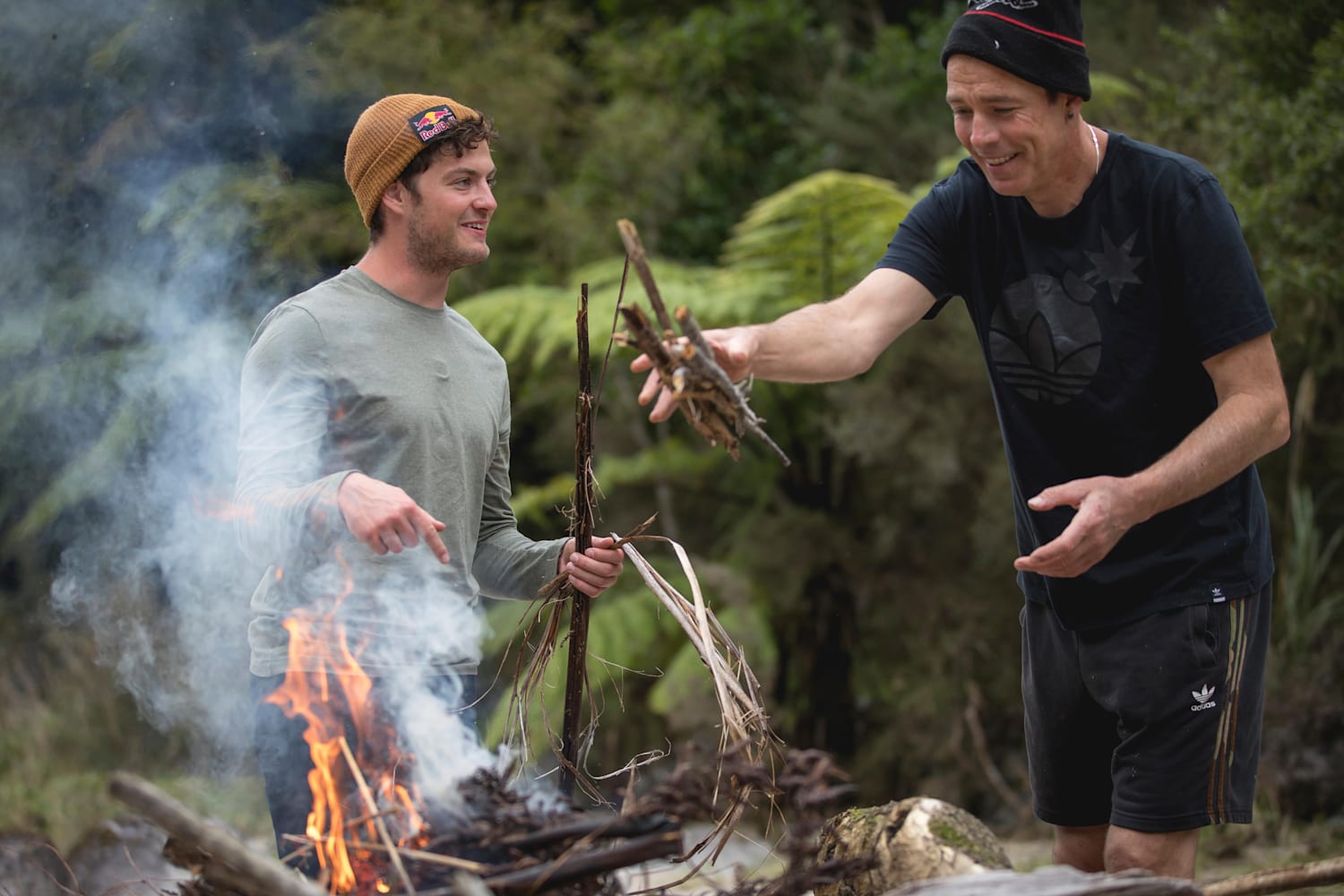
Seeking Knowledge: From Alderleaf Wilderness College to Discovery Channel
Educating yourself is key to enhance your wilderness survival skill. Institutions like Alderleaf Wilderness College provide in-depth courses on wilderness survival skills. Additionally, programs on the Discovery Channel or resources from Texas Parks and the Forest Authority can offer valuable insights into wilderness survival techniques.
The college’s curriculum is expansive, covering a wide range of subjects that include, but are not limited to, primitive skill-building, plant identification, tracking, and navigating the complex interplay between humans and the natural world. These comprehensive programs are meticulously designed to imbue students with confidence and competence that could one day turn a perilous survival situation into a story of triumph.
Yet, survival education does not confine itself to the classroom or the field; it also thrives in the vast repository of digital media and televised programming. Discovery has long been a conduit for bringing survival stories and techniques into our living rooms. Through engrossing shows and documentaries, they've highlighted the real-world applications of survival skills, marrying entertainment with practical, life-saving knowledge. Each episode acts as a visual textbook, detailing critical skills and the do's and don'ts when faced with Mother Nature's unpredictability.
Complementing wilderness survival skill is the invaluable resources provided by state and national organizations such as TP. Their extensive materials and guides serve both to edify the public on how to thrive in the wild responsibly and to preserve the pristine beauty of our natural reserves. These organizations also host workshops and events promoting outdoor essential skills, conservation, and emergency preparedness, rounding out a survival enthusiast's education.
In essence, seeking knowledge in wilderness survival is a multifaceted endeavor, blending structured academic learning with self-teaching through reputable media sources and public institutions. Whether you absorb lessons in the verdant classroom of nature, through the vivid storytelling of television, or the rich offerings of established parks and services, knowledge is indeed the key—not only to survival but to a deeper appreciation and harmonious existence with the untamed world.
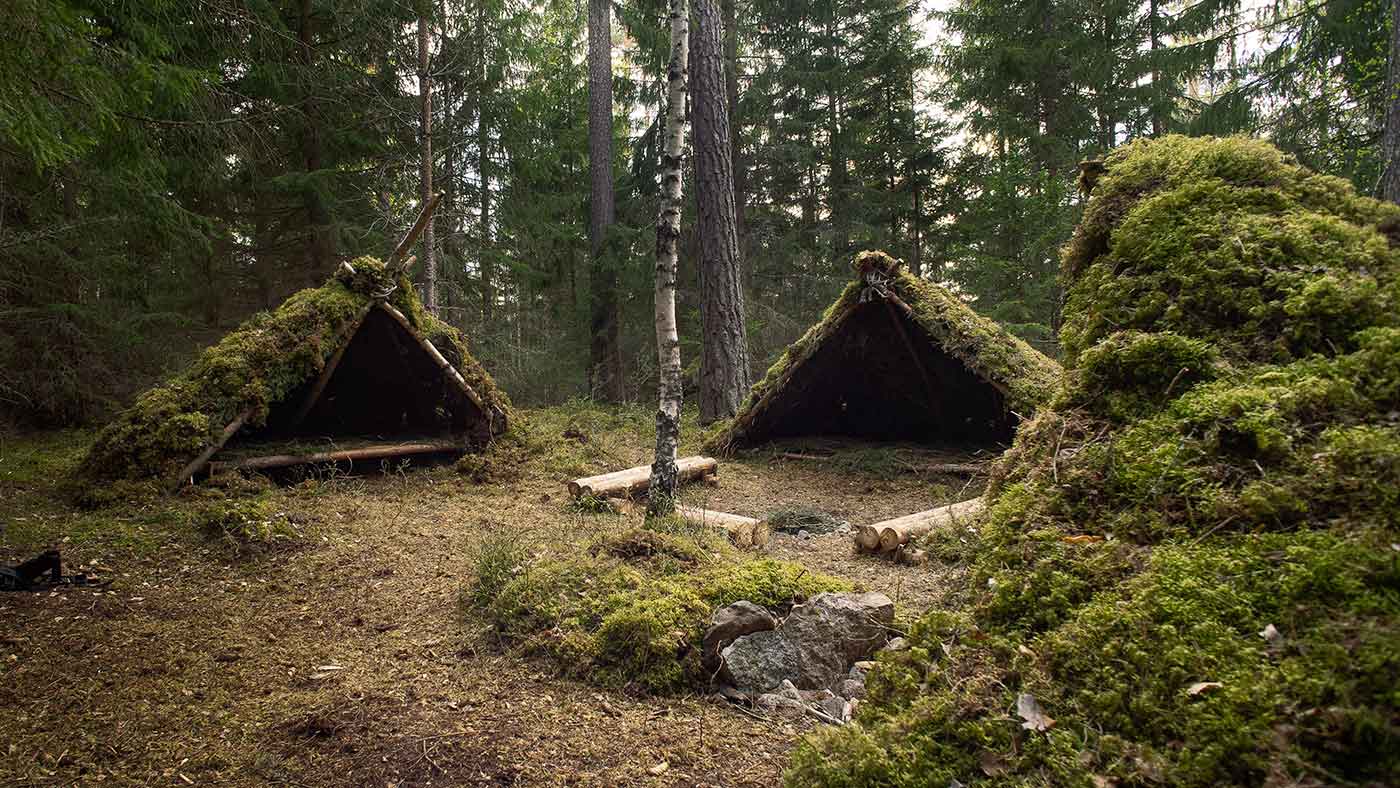
Navigating the Wild: The Compass of Survival
When enveloped by the vast embrace of wilderness, a sense of direction is paramount. One cannot overlook the importance of navigation—an essential skill that transcends mere geography. In this section, let's unfold the map of adept orientation in nature's expanse.
Mastering the Compass and Map
Understanding topography and the functionality of a compass can transform your trek into a well-directed voyage. Learning how to read contour lines, landmarks, and declination will keep you on track. Always have a physical map and compass on hand—they do not require batteries and are immune to the caprices of technology.
Natural Navigation Techniques
In absence of a compass, the natural world provides cues for direction. From the position of the sun to the growth patterns of moss on trees (which commonly grows on the more shaded, often northern side of trees in the Northern Hemisphere), nature's signs are there for those with the wisdom to interpret them.
Stars as Your Guide
For the night-time navigator, celestial navigation is a skill as ancient as it is beautiful. Learning the key constellations, such as the Big Dipper and Orion, and how they move can guide you through the night. In the Northern Hemisphere, finding the North Star (Polaris) is a steady beacon that marks true north.
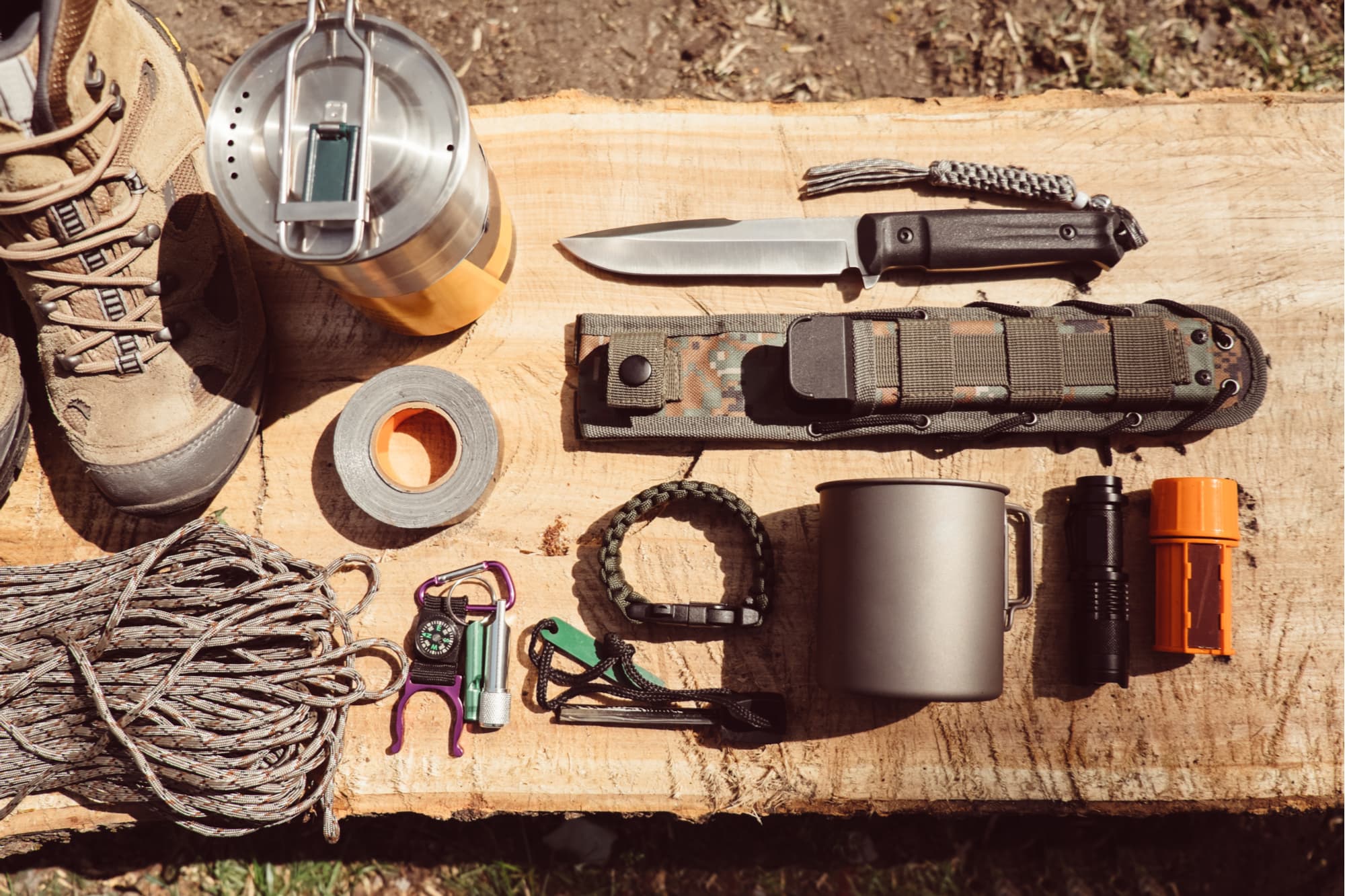
First Aid: The Wilderness Medic
Survival not only hinges on warding off the elements but also on your ability to treat injuries when medical help is miles away. Equipping yourself with wild first aid knowledge is as critical as any survival technique.
Common Wilderness Injuries and Remedies
Understand the treatment of fractures, sprains, lacerations, and potential animal bites. Knowing when to immobilize a limb, how to fashion a sling, or clean and dress a wound can prevent complications such as infection or even save a life.
Wilderness First Aid Training
Consider undergoing certified first aid training. Courses often include practical scenarios to prepare you for real-world application of your essential skills.
The Psychology of Survival
Mental fortitude plays a pivotal role in any survival scenarios. Fear and stress are as much adversaries as the elements. Developing a survival mindset—staying calm, making informed decisions, and maintaining hope—are essential underpinnings to your endurance in the wild.
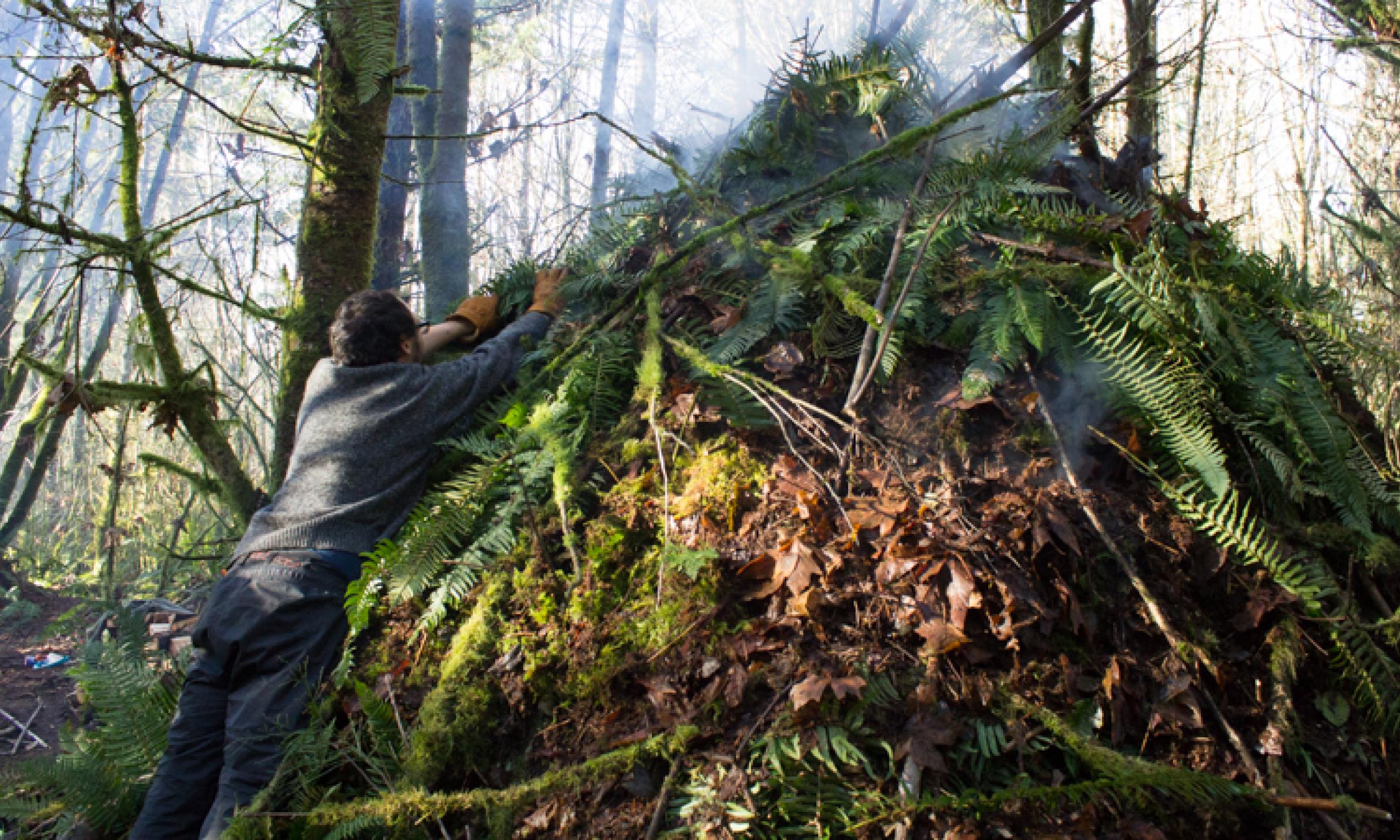
Sustainable Survival: Leaving No Trace
As we delve into exploiting natural resources for survival, it is our duty to minimize our impact on these environments. The Leave No Trace principles are a set of guidelines that promote conservation and respect for wildlife and ecosystems.
Implementing Low-Impact Techniques
When creating shelters or gathering resources, use materials sparingly and wisely. For instance, only take what you need for fire safety and shelter, and avoid damaging live trees and plants.
Campfire Etiquette
Establish fires in existing fire rings, use fallen wood, and ensure your fire is completely extinguished before you leave. The ashes should be cold to the touch, which is a rule of thumb for fire safety.

Foraging: The Discerning Gatherer
To forage responsibly and safely, a deep understanding of the regional flora and fauna is essential. Not every plant is your friend; some are poisonous lookalikes to edible species.
Identifying Edible and Medicinal Flora
Invest in field guides and practice identifying plants with experts. Research the availability of wild food sources in your region, such as nuts, berries, and mushrooms, but always err on the side of caution.
Honoring Wildlife Regulations
Familiarize yourself with local wildlife regulations to ensure you're foraging legally and sustainably. The forest service or texas parks can provide you with guidelines and resources.
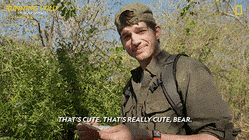
Survival in Different Climates and Terrain
Your survival skills must adapt to varying environments—from the scorching desert to frigid alpine landscapes, each terrain demands specific strategies and preparation.
Desert Survival
Conserve water, avoid the midday sun, understand how to deal with venomous creatures, and know the signs of heatstroke and dehydration.
Mountain and Cold Weather Survival
Layer clothing to manage body heat, know how to build snow shelters, prevent and treat frostbite and hypothermia, and navigate through avalanche-prone areas with caution.
Tropical and Rainforest Survival
Protect against insects and waterborne diseases, establish a waterproof shelter, and learn to cope with high humidity and frequent rainfall.
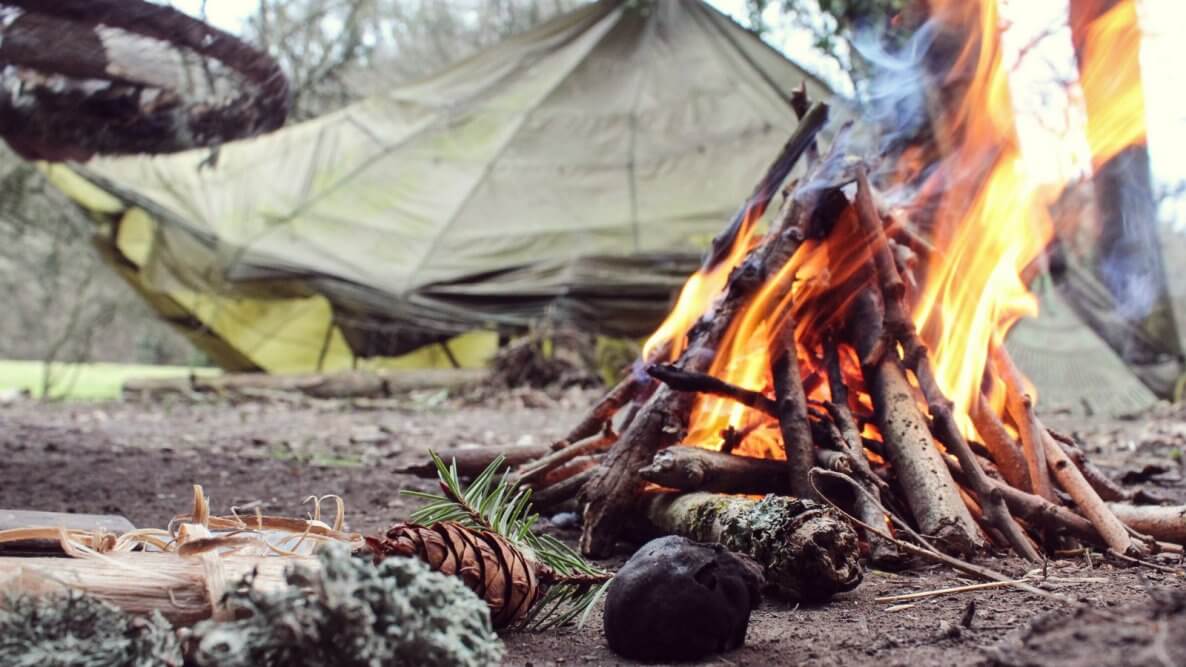
Preparing for the Wilderness Survival Situation
Embarking on an outdoor survival journey equips you with essential wilderness survival techniques for any emergency situation. Whether it's creating an emergency shelter, making fire, securing water, or finding food, these basic wilderness survival skills are the foundation for any outdoor adventure.
Armed with the right basic skills and an understanding of the wild outdoors, you're now ready to tackle any challenge Mother Nature throws your way. Remember, fast repsonse preparedness is not just about packing the right gear in your emergency kit; it's about embodying the mindset and techniques that will guide you to safety.
Stay safe, stay prepared, and embrace the adventure that awaits you with the knowledge that you carry the essential survival skills needed to thrive in the wilderness.
